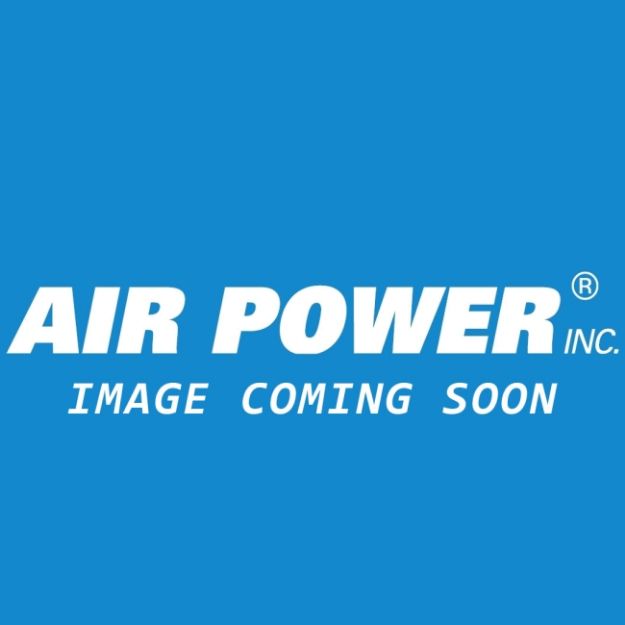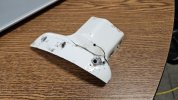Lowflynjack
En-Route
- Joined
- Oct 28, 2014
- Messages
- 4,308
- Display Name
Display name:
Jack Fleetwood
So in 1959, Cessna changed the 182 cowling. It makes it much easier to change the air filter, but much more difficult to pull the cowling. I recently had a gascolator leak, and when I pulled the cowling to fix it, I noticed the flexible piece between the intake and the carburetor had a huge hole in it.
I'm struggling to find the right P/N, and the closest I get to is this, "0752026-6 Cessna Carburetor Adapter Intake Assy w/ Boot". I nice used one on Ebay is $952!
My questions are, does anyone know the correct PN? Is there a way I can buy the material and have my A&P make a new one? If so, where do I find the material?
Mine looks like this one, but dirty and with a big hole in the top!


https://www.ebay.com/itm/2552730530...5022512476&itmmeta=01HRZEEDBD3WKCXJ6VWYGRQZG0
I'm struggling to find the right P/N, and the closest I get to is this, "0752026-6 Cessna Carburetor Adapter Intake Assy w/ Boot". I nice used one on Ebay is $952!
My questions are, does anyone know the correct PN? Is there a way I can buy the material and have my A&P make a new one? If so, where do I find the material?
Mine looks like this one, but dirty and with a big hole in the top!


https://www.ebay.com/itm/2552730530...5022512476&itmmeta=01HRZEEDBD3WKCXJ6VWYGRQZG0


